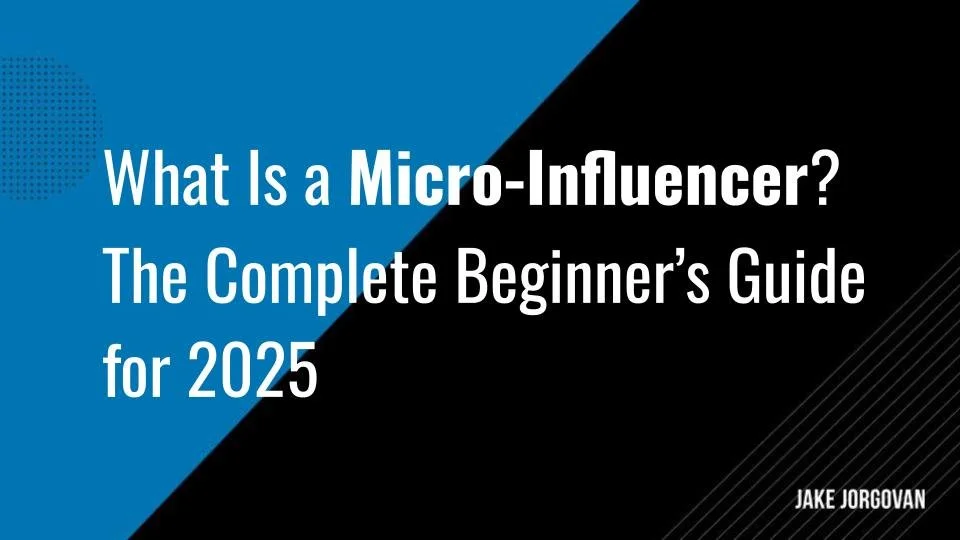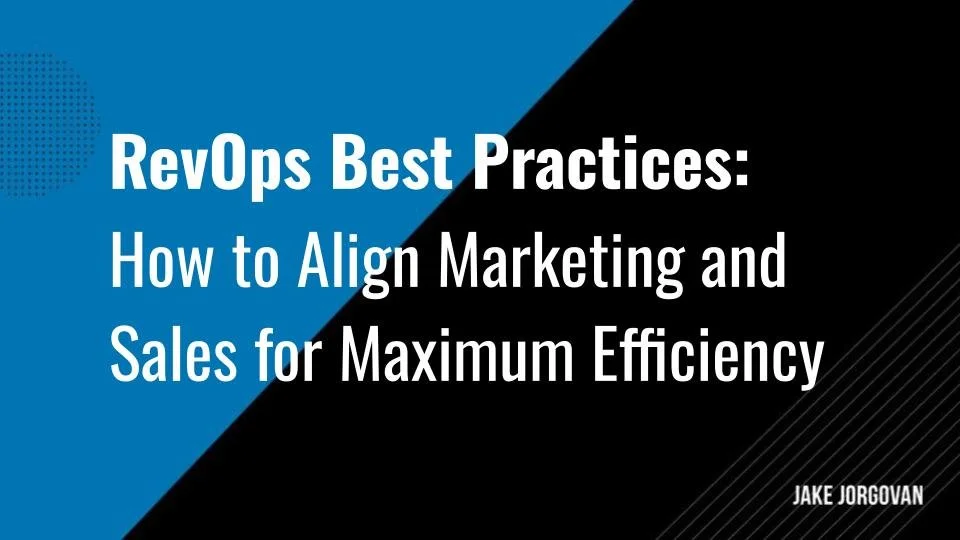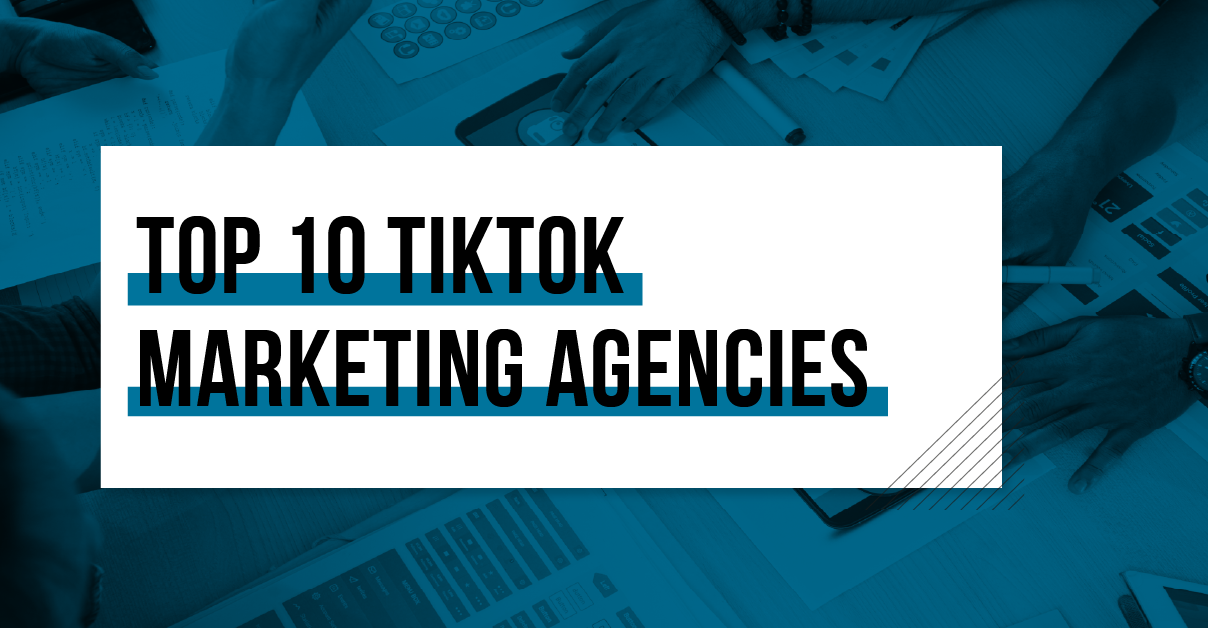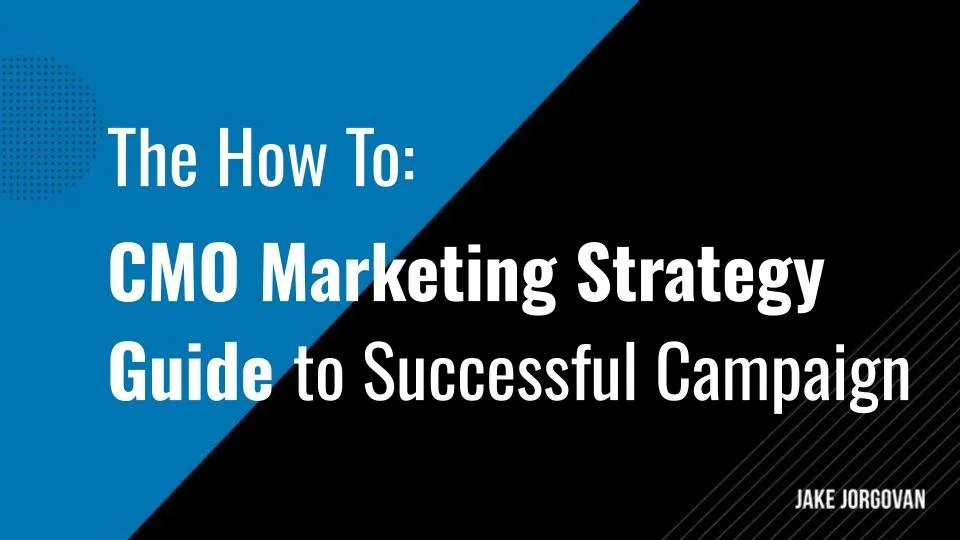CMO’s Guide to Successful Campaign Management & Execution
Chief Marketing Officers (CMOs) are the brains behind a brand’s image and marketing successes. Today, research shows that nearly two-thirds of CMOs believe consumer trust is at risk. So, how can you craft a functional CMO marketing strategy that surpasses the new rising challenges?
One of the key roles of strategy is conducting solid campaign management.
Simply put, campaign management is how a marketing campaign gets planned, executed, and analyzed. It’s everything from figuring out who to talk to, what to say, and how to measure success. The CMO is the captain of this ship, steering campaigns in line with the company’s goals and ensuring they click with people.
This guide is a practical toolbox for CMOs like you.
Content Index
We’ll cover everything from aligning campaigns with business aims to using data smartly and measuring what works.
In a world where standing out is tough, we’ll help lead your team to win big in the marketing game.
The Chief Marketing Officer’s Guide to Successful Campaign Management
Let’s explore 7 key elements you should be aware of regarding campaign management and how best to approach each.
1. Understanding the Business Context and Setting Goals
Understanding the business landscape and setting goals is vital for your success as a CMO. This step is not just about broad market trends but diving deep into niche segments, emerging technologies, and competitor strategies that can be game-changers. It’s about foresight combined with actionable intelligence.
Your step-by-step plan:
Market and competitor analysis: Start with a detailed analysis of your market. Use tools like PESTLE analysis to understand macro-environmental factors. Then, conduct a competitive analysis using Porter’s Five Forces or SWOT analysis. Don’t just look at current competitors; identify potential disruptors and emerging players.
Customer insights: Go beyond basic demographics and try to understand customer behaviors, preferences, and pain points. Engage with social listening tools and sentiment analysis to gauge what’s resonating with your audience and what’s not.
Industry trends and technological advancements: Stay updated on industry-specific trends and technological advancements. Attend industry conferences, participate in think tanks, and cultivate a network of thought leaders. Use these resources in all your campaigns.
Goal setting: Based on your insights, set specific, measurable, achievable, relevant, and time-bound (SMART) goals. Ensure these goals are aligned with the broader business objectives and have clear KPIs for measurement.
A Practical Example of Business Context Research
Imagine you’re a CMO in the sustainable fashion industry. Your market analysis might reveal a growing trend in consumer demand for eco-friendly materials. Your competitor analysis shows that few competitors fully embrace sustainable practices, while customer insights indicate a willingness to pay a premium for sustainable products. Based on this, you set a goal to increase market share by 10% in the eco-conscious segment within two years by introducing a new line of 100% sustainable products.
This approach ensures you’re not just reacting to the market but proactively shaping your strategy with precision and insight.
That’s basically the history of People Tree, one of the first fashion brands to go sustainable in the 1990s. Three decades later, the brand still capitalizes on that image:
2. Audience Identification and Segmentation
Audience identification and segmentation are crucial because they enable you to tailor your marketing strategies to specific groups, maximizing impact and ROI.
Donald Miller, in his book “Marketing Made Simple” states:
“Your customers are not curious about you, they are curious about how you can solve their problem.” (Donald Miller)
Then, understanding their problems and needs will help segment your audience, allowing you to deliver more relevant, engaging, and effective marketing messages and stories that align with what your clients want to solve.
Your step-by-step plan:
Data collection and analysis: Gather data from various sources like CRM systems, social media analytics, and customer surveys. Use advanced data analytics tools to uncover patterns and behaviors. Focus on psychographic data (interests, values, lifestyles) in addition to demographics.
Customer personas development: Develop detailed customer personas based on your data analysis. These personas should be as specific as possible, including lifestyle, purchasing habits, values, and pain points.
Market segmentation: Segment your market based on common characteristics found in your personas. Use criteria like behavioral (purchase history, brand interactions) and psychographic segmentation. Consider the potential lifetime value and loyalty of each segment.
Customized strategy development: Develop marketing strategies tailored to each segment. Focus on personalized messaging and targeted marketing channels that resonate with each group.
A Practical Example on Storytelling Marketing and Personalization:
Suppose you’re a CMO at a high-end fitness technology company. Your data analysis reveals two key segments: tech-savvy fitness enthusiasts and health-focused older adults.
For the tech-savvy group, your strategy might focus on the latest features and tech advancements, using channels like tech blogs and social media. For the older segment, use channels like health magazines and community events to emphasize health benefits and ease of use.
Identifying and segmenting your audience ensures your marketing efforts are focused, relevant, and likelier to result in conversion and customer loyalty.
Here’s what that segmentation would look like:
3. Developing a CMO Marketing Strategy
Developing a strategic marketing plan is critical as it provides a roadmap for achieving your company’s marketing objectives.
How do you innovate your marketing plan and become a leader in your industry? Well, It’s about being creative on how to align your marketing efforts with the overarching business goals, ensuring efficient use of resources, and creating a framework for measuring success.
Your step-by-step plan:
Aligning with business objectives: Ensure your marketing objectives align with your broader business goals.
In-depth market research: Conduct comprehensive research focusing on emerging trends, customer preferences, and the competitive landscape.
Resource allocation: Allocate your resources strategically. This involves a marketing budget for different marketing channels based on their ROI and effectiveness for your target customers. Prioritize spending on high-impact initiatives.
Omnichannel strategy development: Develop an omnichannel strategy that integrates various marketing channels – online, offline, social media, email, etc. – to provide a seamless customer experience
Performance metrics and KPIs: Establish clear KPIs to measure the success of your marketing activities. These should be specific, quantifiable, and aligned with your marketing objectives. For example, 31% of analysts believe that sales/ leads/ conversion rates are the most important metrics to track. However, only 21% believe bounce rates are the most important, even though bounce rates decrease the SEO ranking and alienate potential leads.
A Practical Example of Marketing Plans
Now, you’re the CMO of a mid-sized B2B software company.
Your market research shows a growing demand for cloud-based solutions in the small business sector. Since you aim to increase market share in this sector, you allocate a significant portion of your budget to digital marketing channels known to resonate with small businesses, like LinkedIn and industry-specific webinars.
Your omnichannel strategy involves a mix of content marketing, targeted social media campaigns, and personalized email marketing. KPIs are set around lead generation, conversion rates, and customer acquisition costs.
A strategic marketing plan, crafted with precision and insight, acts as your blueprint for navigating the complexities of the market and driving tangible business results.
4. Implementing and Managing Marketing Campaigns
Implementing and managing marketing campaigns are critical phases where strategic plans turn into actionable tasks. This is where you, as a CMO, translate vision into reality, ensuring that every campaign element aligns with both the strategic marketing plan and the broader business goals. Effective management here is key to maximizing ROI and achieving desired outcomes.
Check out the different types of campaigns you can organize (depending on your goals, of course):
Your step-by-step plan:
Detailed campaign planning: Break down the strategic plan into specific campaigns with clear objectives. Plan each campaign carefully, outlining timelines, required resources, and responsibilities.
Cross-functional coordination: marketing departments should collaborate with other departments (sales, IT, customer service) to ensure alignment and support. Effective coordination ensures that campaigns are cohesive and benefit from diverse insights.
Technology and tools utilization: Leverage marketing automation and CRM tools for efficient campaign execution. These tools can help segment audiences, personalize messages, schedule communications, and track engagements.
4. Monitoring and adjustment: Continuously monitor campaign performance against set KPIs using real-time analytics. Be prepared to make adjustments quickly based on data-driven insights.
5. Stakeholder communication: Keep all stakeholders, including upper management and your team, informed about campaign progress and challenges
A Practical Example of CMO Marketing Strategy Implementation
Imagine overseeing a product launch campaign for a new fitness wearable. Start by breaking the launch into pre-launch awareness, launch events, and post-launch engagement campaigns.
Coordinate with the product development team for accurate product information, the sales team for distribution channels, and the IT team for website and app integration.
Use popular trends in your industry right now to reach more people and to make your strategy more effective.
Use marketing automation tools for targeted email campaigns and social media scheduling. Monitor engagement metrics and website traffic in real time, adjusting your digital ad spend and content strategy based on what’s resonating with the audience. Regularly update key stakeholders about campaign performance and any market feedback.
Effective campaign implementation and management require a blend of meticulous planning, agile execution, and continuous optimization.
5. Leveraging Data and Analytics for Decision-Making
As a CMO, using data effectively allows you to make informed decisions, personalize marketing efforts, predict market trends, and measure the success of your strategies accurately. It’s about moving beyond gut feelings to a more empirical approach to marketing.
As LinkedIn executive Jeff Weiner once said:
“Data really powers everything that we do.” (Jeff Weiner)
Your step-by-step plan:
Data integration: Ensure you have a system in place for integrating data from various sources, including customer databases, social media, sales figures, and market research. The best customer data platforms helps centralize and manage this data effectively. For example, you can try Optimizely or Segment.
Advanced analytics implementation: Employ advanced analytics tools and techniques like predictive analytics, customer segmentation, and sentiment analysis
Data-driven strategy development: Use these insights to develop and refine marketing strategies. Tailor your campaigns based on customer preferences and behaviors identified through data analysis.
Continuous monitoring and optimization: Regularly monitor the performance of your marketing activities using data analytics. Use real-time data to make quick adjustments to your campaigns for optimal performance.
Reporting and communication: Develop comprehensive reports to communicate insights and results to stakeholders. Use data visualization tools to make complex data more understandable and actionable.
If you need guidance or expertise on data-driven results and management, a good idea is always to ask for an expert opinion. This will improve your campaign and help you grow as a CMO.
A Practical Example of Data-Driven Marketing
Imagine your company launches a new software product. Data from your CDP shows that a significant portion of your website traffic comes from mobile devices, but the conversion rate is low.
Using analytics, you identify issues in the mobile user experience. Based on these insights, you prioritize a mobile optimization strategy for your website. Post-optimization, your data shows an increased conversion rate from mobile users, validating your decision.
A good real-world example of this is the fitness clothing brand Under Armour. They collected data from their Connected Fitness community, bringing together user reports, information from wearables, and data from integrated apps to shape their marketing efforts and drive more personalized connections with customers.
Like them, you can start to analyze your data to make the right choices. There are so many good options out there to source functional data.
6. Innovation and Adaptation in Marketing Strategies
Innovation and adaptation in marketing strategies are critical for staying relevant and competitive in a rapidly evolving business environment.
For companies today, building a plan is not enough; you need to be creative and embrace innovation.
“Innovation distinguishes between a leader and a follower.” - Steve Jobs
As a CMO, leveraging change and innovating proactively is key to capturing new opportunities and responding to emerging market trends and consumer behaviors.
Your step-by-step plan:
Continuous market monitoring: Stay informed about the latest market trends, consumer preferences, and technological advancements. Regularly review industry reports, participate in relevant webinars, and engage with thought leaders.
Foster a culture of innovation: Encourage your team to think creatively and experiment with new ideas. Create a safe environment for trial and error, and recognize innovative efforts.
Pilot projects and testing: Implement small-scale pilot projects to test new ideas and technologies. Use A/B testing and control groups to measure effectiveness and gather data before full-scale implementation.
Agile strategy adaptation: Be ready to pivot your strategies quickly in response to feedback and market changes
Integrate customer feedback: Regularly gather and analyze customer feedback. Use this data to refine and adapt your marketing strategies to better meet customer needs.
Here’s a practical example:
Let’s say your company is in the consumer electronics sector. You notice a growing trend in environmental consciousness among consumers. In response, you launched a pilot project for a marketing campaign focused on sustainability, highlighting your products’ energy efficiency and recyclable materials.
Through A/B testing on different platforms, you gather data on customer responses, discovering that the campaign resonates strongly on social media. Based on this insight, you adapt your broader marketing strategy to focus more on digital channels, emphasizing the sustainability angle.
A good real-life example can be found in the investment firm Vanguard.
When AI exploded into the public consciousness last year, many marketers saw this disruption as a scary and unwanted development.
Vanguard, however, embraced this new technology and used AI to personalize its ads more effectively, driving up conversion rates by 15%.
In fact, 78% of executive CMOs say they expect to use GenAI to support new business models in their function in the next 12 to 18 months.
7. Building and Leading a High-Performing Marketing Team
Did you know that 66% of U.S. employees agree they need to acquire new skills to advance in their roles?
Training and team development is more important than ever. Your team’s capabilities and engagement directly influence your marketing strategies’ success. As a CMO, fostering a team that is skilled, collaborative, and aligned with your company’s vision is crucial for driving innovation and achieving business goals.
Your step-by-step plan:
Strategic hiring: Identify key skill gaps in your team and hire strategically. Look for candidates who have the necessary technical skills, fit your company’s culture, and embody its values.
Continuous learning and development: Invest in your team’s ongoing professional development. This can include training in the latest marketing technologies, workshops on new marketing techniques, and opportunities for cross-functional learning.
Empowerment and responsibility: Empower your team members by delegating responsibilities and encouraging ownership of projects
Fostering collaboration and communication: Encourage open communication and collaboration within the team. Regular team meetings, brainstorming sessions, and collaborative tools can facilitate this step.
Performance measurement and feedback: Implement a system for measuring performance based on clear KPIs. Provide regular, constructive feedback and recognize achievements.
A Practical Example of Marketing Teams
Imagine you’re leading the marketing team at a tech startup. You identify a need for advanced data analytics skills.
As such, you hire a data analyst and organize training sessions for existing team members on data-driven marketing. To foster innovation, you initiate bi-weekly brainstorming sessions where team members can pitch new ideas. You also implement a project management tool to improve collaboration.
Regular performance reviews are conducted, with feedback focused on both individual achievements and team objectives.
This skilled, empowered, and collaborative marketing team creates an environment where innovation thrives and marketing objectives are achieved more effectively.
Wrapping up
In this article, we shared a roadmap for CMOs and marketing leaders to navigate the complexities of modern marketing, from understanding the business landscape to leading high-performing teams.
To excel, embrace a data-driven approach, foster innovation, and adapt strategies swiftly to the ever-changing market dynamics.
This guide equips you with insider insights and actionable strategies, ensuring you’re well-prepared to lead your marketing team to success.
Need some help with business growth? Here are B2B Marketing companies that can help your current CMOs.
FAQs
What is a marketing strategy?
A marketing strategy is a plan that outlines how a company will achieve its marketing objectives step by step. It involves identifying a target market, analyzing competition, developing a unique selling proposition, and selecting marketing channels to reach the target audience.
Why do companies need chief marketing officers?
Drive brand awareness: They develop and implement brand strategies to increase brand recognition and loyalty.
Generate revenue: They oversee marketing campaigns that generate leads and sales.
Manage marketing teams: They lead and inspire marketing teams to achieve their goals.
Measure marketing performance: They track key performance indicators (KPIs) to measure the effectiveness of marketing campaigns.
What is a marketing strategy template?
A marketing strategy template is a pre-designed document from your company or from another source that provides a framework for developing a marketing plan. It typically includes sections like an executive summary, a brief overview of the marketing strategy, a
SWOT analysis objectives, etc.
How does the role of a CMO differ in B2B versus B2C companies?
B2B CMOs focus on relationship building, managing longer and more complex sales processes, leveraging data analytics to identify and target specific accounts, and creating high-quality content to educate and inform potential customers.
B2C CMOs are more focused on building strong brand awareness and loyalty, attracting new customers through various marketing channels, and utilizing digital channels like social media, email marketing, and SEO.







































